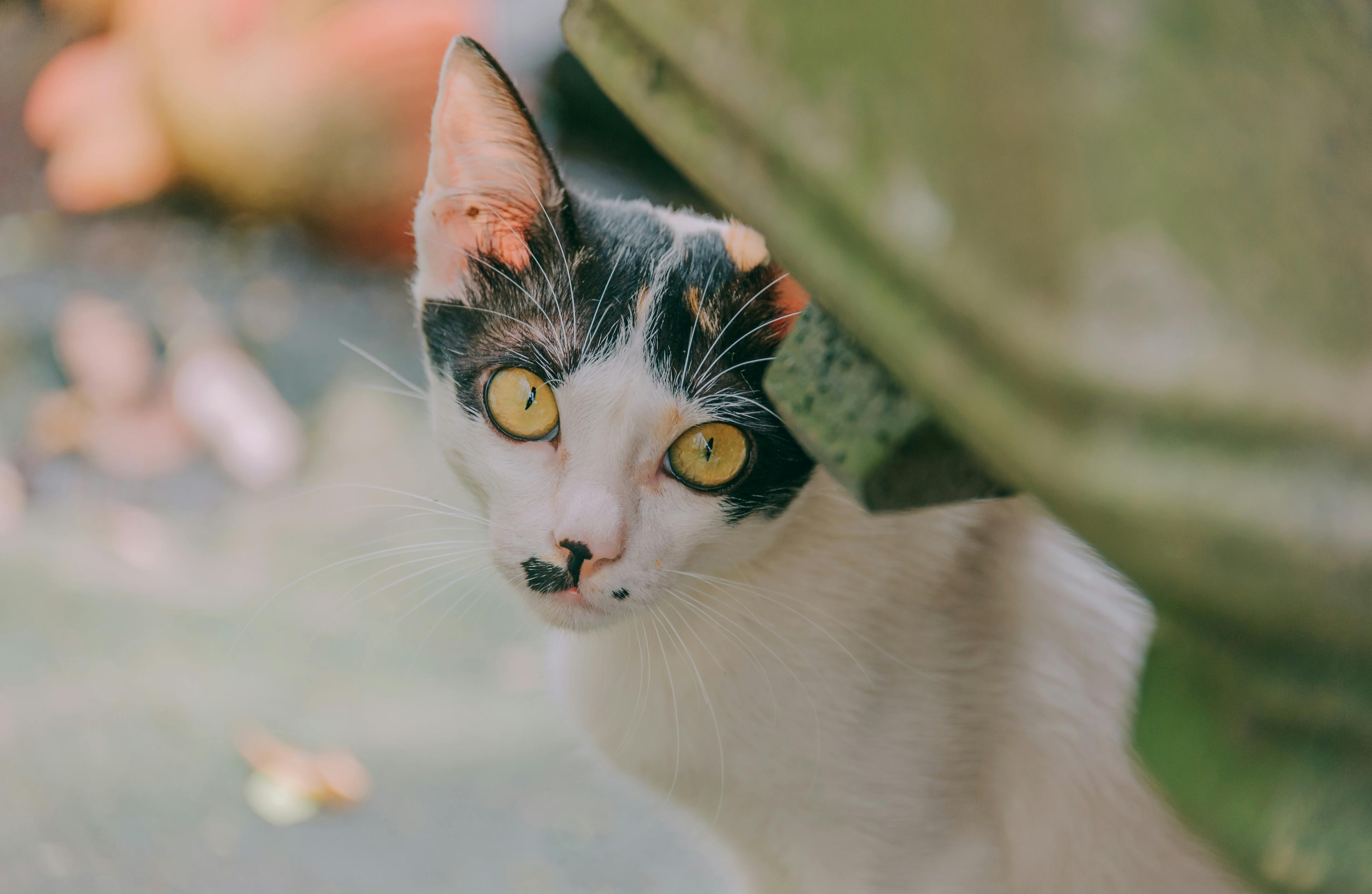
How to present your second iguana
You must introduce the new iguana to the established one in a neutral territory. Don’t just deposit the new iguana directly into your iguana enclosure. Your iguana will consider it a threat and may attack the new iguana. If you place both iguanas in neutral territory, first hold, pet, and talk to both of them. If the enclosure you plan to house them in is large enough for both of you and your anticipated growth, you can try placing the new iguana in the enclosure and letting it become familiar with the new surroundings. Keep the established iguana out of the room.
If the enclosure has two or different levels, physically place the iguana on the different shelves and show it the way up and down. Show him the food and water bowls, the rock climbers, etc. Once the new iguana has settled in for a while, you can reintroduce your original iguana to the enclosure. Watch them closely for the next few hours.
You should always spend a lot of quality time with your original iguana. If you have ever introduced a human baby into a home with a long-term resident cat or dog, or a newborn sibling of your older child, you will be familiar with the sensation of displacement that can affect the overall behavior of the pet or the established child. It is no different with iguana. Try not to brag about the time you spend with the new versus the established for the same reason. The original iguana does not need to see you interact, pet, treat and hug the other iguana.
You must remember not to introduce a new male iguana into the home during the breeding season. Even if they can’t be seen, the established iguana will know the new one is there. Both iguanas will be able to smell the other iguana on their skin and clothing, and the original iguana, if it is a territorial male, may dislike the presence of the new iguana.
If all goes well, you should still keep a close eye on them for the next few weeks. You should also ensure that both iguanas are feeding properly and have unobstructed access to the resting and hiding area.
When you have more than one iguana, the dynamics get even more complicated. Finding out which one is stalking the new one can be difficult. You should also watch out for signs of stress.
Sometimes the new iguana is offended by the situation. A man or woman who has been introduced to a new environment where there are one or more established iguanas can become an aggressor or intimidator. Therefore, it is important to be on the lookout for signs of active aggression, intimidation, injury, and stress in all iguanas. Don’t assume who will be the dominant and who will be the subordinate. You may be abruptly and unpleasantly surprised to find that your assumption was wrong.